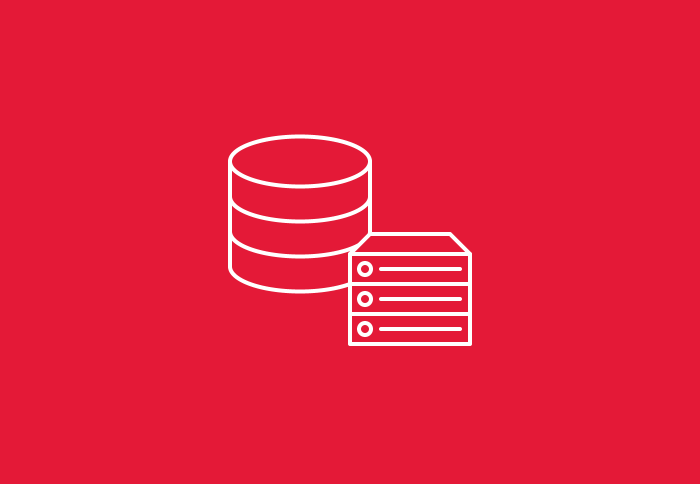
How do I change the windows administrator password?
This can be achieved with a few steps. 1. Login to the server. click Start >> Administrative Tools >> Computer Management. 2. In Computer Management …

This can be achieved with a few steps. 1. Login to the server. click Start >> Administrative Tools >> Computer Management. 2. In Computer Management …

There are two ways of doing this, one using Windows Explorer and one from the command line. Using Windows Explorer: Start Windows Explorer (Win key …

MySQL Administrator (https://dev.mysql.com/downloads/administrator/) is freely available as are many other solutions including phpMyAdmin. You can also SSH into the server and control it directly. phpMyAdmin …

Because IIS lists virtual paths before listing physical paths, you can configure an FTP site to allow a user browsing the site to see a …

You can run the command-line script iisapp.vbs (%windir%\system32\iisapp.vbs) to list any of the following: • Worker processes that are currently running • Application pools assigned …

Although the ability to display file that have no extensions was available by default in IIS 5.0, Microsoft has removed that default option from IIS …

If you need to create a file of a certain size and the file contents don’t matter, you can use the Fsutil command as follows: …

The iis-resources.com site has a wealth of information for use with IIS – this link has several tools available for dealing with IIS logs: https://www.iis-resources.com/modules/mydownloads/viewcat.php?cid=69

We all know that by default “My Documents” folder is located at C:\Documents and Settings\X\My Documents, where “X” is the name of the user. If …

Install Internet Information Services and the FTP Service Because FTP depends on Microsoft Internet Information Services (IIS), IIS and the FTP Service must be installed …

Note: Windows server 2003 web edition does not support active directory , it can be installed on enterprise and standard editions. First make sure you …